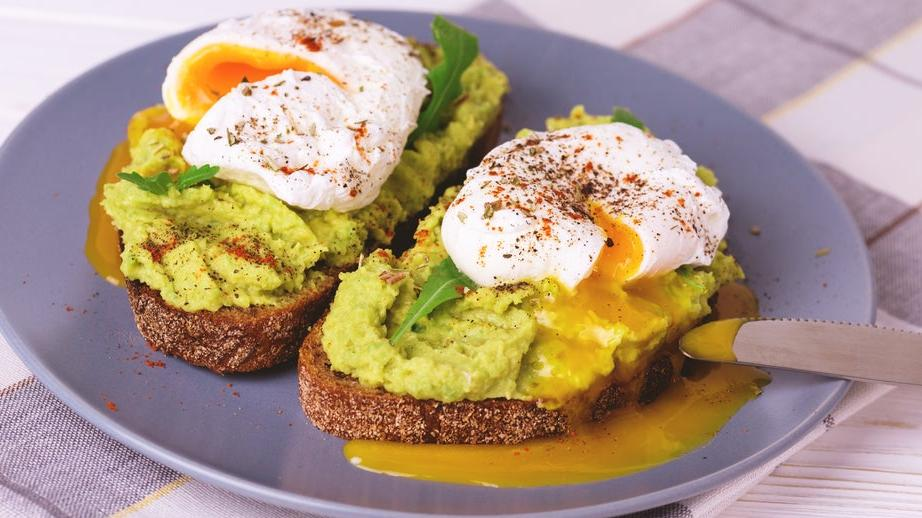Our Avocado Toasts Are Saved
A new variety of avocado, the Luna, might keep us from future shortages.
There is no single produce item I crave more than avocados. I love their rich, silky texture, their luxurious fat content, and their ability to pair well with nearly everything. Judging by the popularity of avocado toast alone, I know virtually everyone on earth agrees with me.
But I struggle with the cost and availability of avocados as much as anyone else does. Fortunately, the University of California, Riverside (UCR) has released a new variety, called the Luna UCR, which might make the precious fruit available in bountiful quantities.
What is the Luna avocado?
We're all familiar with the Hass variety, which accounts for 80% of the world's harvest, according to nonprofit advertising group Avocados from Mexico. (Though avocados as a whole are native to Mexico and Central America, the Hass variety originates from a single tree planted in California in the 1920s.) The Hass tree produces a large fruit with that trademark bumpy skin, and the tree has a high yield, making Hass avocados the variety we most often find at the grocery store.
Axios reports that the new Luna variety comes from a smaller tree, which is beneficial for many reasons. The tree takes up a smaller physical and environmental footprint. It's also easier to harvest from, since no ladders are needed, and it doesn't even need much pruning maintenance. The fruit yield is higher per cubic meter, too, which means—you guessed it—more avocados for all of us.
The small frame of the Luna tree makes it more adaptable to climate change, too. The fruits growing on tall Hass trees are susceptible to sunburn (who knew?), and environmental forces can lead (and have been leading) to small and disappointing yields that cost more.
What's particularly cool about the Luna fruit itself is that the avocados turn black when they ripen. That means, in theory, that you don't need to play guessing games by squishing 12 avocados in a row to find the Goldilocks fruit in the produce display.
How do Luna avocados taste?
Mary Lu Arpaia, co-inventor of the Luna UCR avocado, tells Axios that, yes, these avocados do taste different from the Hass variety, but in a very subtle way. They're still considered creamy, but Arpaia says that the main differentiator is mainly in the Luna's texture, which she describes as smoother than a Hass.
Where to find Luna avocados
When it comes to developing new varieties of produce, there's a long lead time. UCR has already put in the legwork, as it can take anywhere between 15 and 20 years to develop a new avocado. The tree itself takes anywhere between three and five years to produce fruit, so you and I are going to have to sit patiently for a bit before we'll be able to try our first batch of Lunas.
There will be a few Super Bowls come and gone by then, but just like anything else delicious, progress takes patience. If it means a future of plentiful and cheaper avocados for all, I'm willing to wait for a little while.
